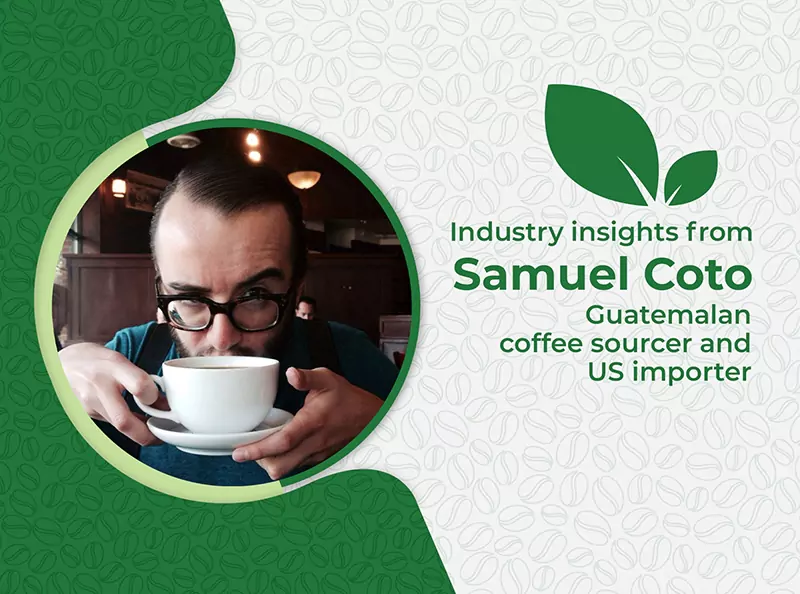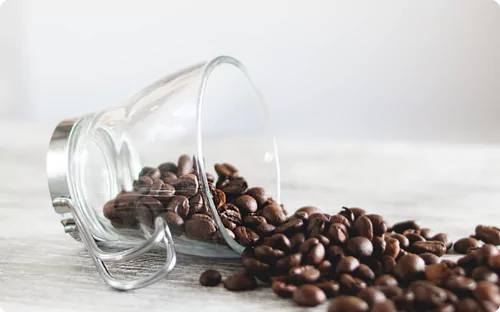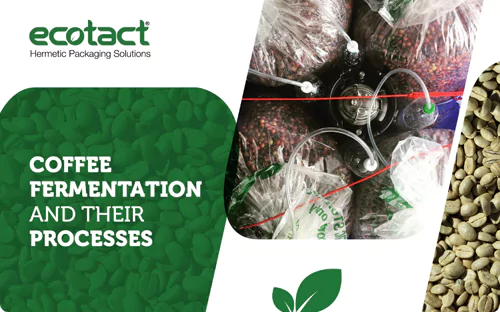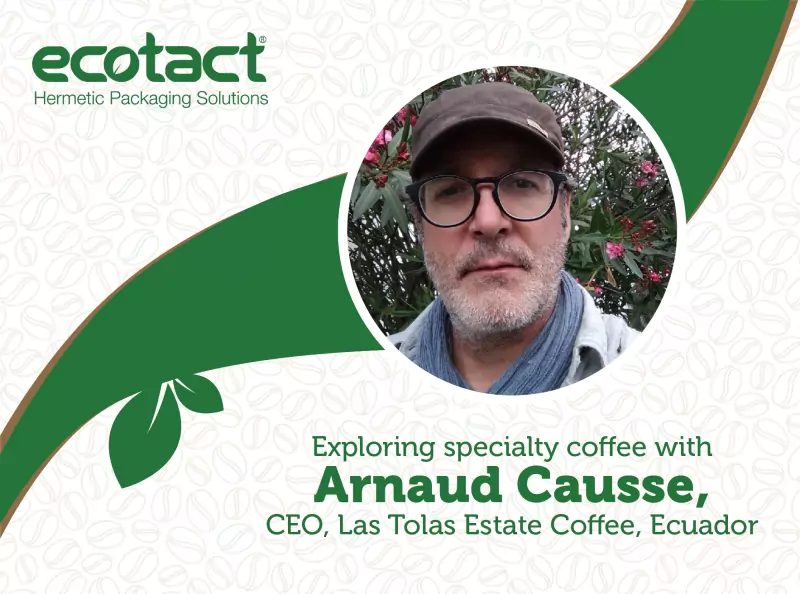What is the global scenario of coffee plantation?
In general terms the price of coffee is still the biggest challenge. However, this affects different type of producers in different ways. With the threat of COVID 19 it is hard to tell exactly what is going to happen with plantations as not only the price, but also overall demand of specialty coffees is taking a hit as the specialty shops are still locked down. This affects large scale, commercial farms, as well as the specialized and everything in between. It seems to be the perfect storm.
Currently my main concern is both the quality and quantity of future harvests. After several years of bad prices, quality will inevitably suffer. If a small producer sells below his production cost, he will look forward to cut costs in fertilizing, soil tests, among others. Quality will also inevitably drop as a result.
In my perception, we are on the second year of low prices, so the pressure is going up and this is now evident. Some producers start sacrificing quality as a result.
How is the coffee industry changing? What are the changes coffee industry has seen in the few decades?
There is a lot of intention to try new things, if you compare today´s mindset of a coffee producer with regards to the past. Tradition is a very interesting aspect of what is now changing. What is tradition after all? Why is it so hard to break and to do otherwise? Drifting away from tradition always implies risk. In most cases it is necessary and brings great progress. You always have to invest to get good results. Every achievement requires a potential first attempt that will fail.
This is a very ample subject for discussion. This is something you can analyse from the “niche market” perspective. There are coffee sectors that are not subject to this price problem. There are “niches” where the quality is the defining aspect.
As these niches have been developing, the end consumer has been able to appreciate these coffees that have clearly a different value and they dare to pay for new things.
So, if you want to innovate, you must risk. And why would you risk the safe results you are used to achieve? Because the market is demanding it and is rewarding this risk. The market is rewarding quality for such cup profiles, and this new demand for quality enables farmers to have a budget to try new processes and techniques, to buy new machinery, get new varietals, to do more research in terms of fertilizing.
It is always interesting to analyze tradition because it is a known way to get results. Hence, it is a safe bet. That’s why it’s probably so hard to leave tradition behind. But on the other hand, prices are not very attractive when it comes to a “normal” or “traditional” coffee. These are very interesting times we are living in as there is plenty of innovation going on.
What are the measures for producing best quality crop?
There are several aspects to measure when it comes to producing great coffees.
We try to keep our R&D department busy. In broad terms, we are mainly monitoring of various data points for a number of varietals throughout the year, and we are also testing new processing methods during the harvest. We are constantly testing out new varietals to see how they work on our soils, altitudes and weather. We measure absolutely everything: soil composition, leaf composition, nutrients absorbed by the plants, nutrients that are lacking, amount of rain throughout the whole year. This kind of work will be done in a perpetual way, forever.
In regard to the plant productivity, we look forward to measure production density. How do we do this? We measure the growth of the plant in a specific time span, the height of the first productive branch, how many productive branches do we have at 1 meter above the ground, amount of productive branches 2 meters above the ground. Then we start analyzing productive points in a particular branch, the distance between them, how many beans are we getting on that particular production point. After collecting the data, we analyze the results to determine if this particular plant or varietal has a promising future in that particular plantation. After all of this, the coffee itself is cupped and evaluated at the quality level in order to determine if it is a varietal of interest for our plantation.
Sometimes we face certain dilemmas with new varietals, because we don´t really know how they will react under certain circumstances. So we run parallel tests in order to measure our results more objectively.
What are the various checkpoints when it comes to storage?
After processing the coffee, we check: humidity levels, yields of the crop, visual aspect of the beans and cupping aspects (attributes/defects in the cup). Depending on the outcome, we determine whether the coffee has a potential to be sold as specialty or to be sold as conventional. Sampling is what makes all our lots 100% traceable.
Once the coffee is determined as specialty according to their optimal humidity content, we let them rest in Ecotact bags until we are ready to hull it. This helps the coffee to stabilize and settle into its fullest potential. This also allows us to offer the coffees and rest assured the quality will remain well stored until we are ready to ship.
In many ways, the Ecotact bag buys you longer time! Not only with cup quality preservation but also with keeping the coffee’s ideal visual aspect too.
What are the factors that should determine the type of packaging?
The type of coffee determines the type of packaging in my opinion. High quality coffees benefit from protection before processing as the Ecotact bag provides for a perfect barrier for humidity changes, and this allows the coffee to settle slowly and without interruptions before it gets finally processed and shipped.
For exports: I adapt to my client´s needs. We are working as usual in the 69 kg form, but also in 30-35 kg form (more and more often now). There is also occasional demand for vacuum packaging when it comes to top quality coffees.
I usually recommend Vacuum for coffees that will be consumed slowly or is planned for long term storage. Ecotact bags for “shorter” term consumption up to a full year with great results in preservation of cup quality and overall physical aspect.
What impact will the coffee industry see because of pandemic COVID 19 and lockdown?
It will change the way in which we reach the end consumer. There will be readjustments in the way we drink coffee, especially at home. Coffee drinking is being reinvented for a lot of people.
As people are having less access to the cafes on the street, they find themselves in the position to have to drink it at home. People are now grinding at home, there are several models of home roasters being more accessible for everyone. Coffee drinkers are preparing more V60s and other pour-over methods.
Street cafes and small roasters are being affected by this crisis. Many of these small coffee shops are now doing mostly home deliveries of 1 lb of fresh roasted coffees. Other bigger companies that sell at supermarkets seem to be a little less affected.
In these uncertain times, social distancing is also disrupting the social aspect of meeting in a coffee shop and drinking coffee together. This part is a bit unfortunate too.
How hermetic packaging is going to help in this grave situation?
Ecotact buys me more time! Hermetic packaging is what will keep my coffee fresh as long as I need to keep it stored: be it in my Guatemalan warehouse or in the US warehouse (it happens!).
We have found great results using the Ecotact bags in unorthodox ways at the various steps along the coffee supply chain. Whether it is for origin parchment storage, or for shipping and storing the green beans, we use Ecotact to ensure and prolong the overall shelf life of our coffees while keeping their high quality intact for our customers to enjoy all over the world.
 French
French
 English
English Spanish
Spanish


